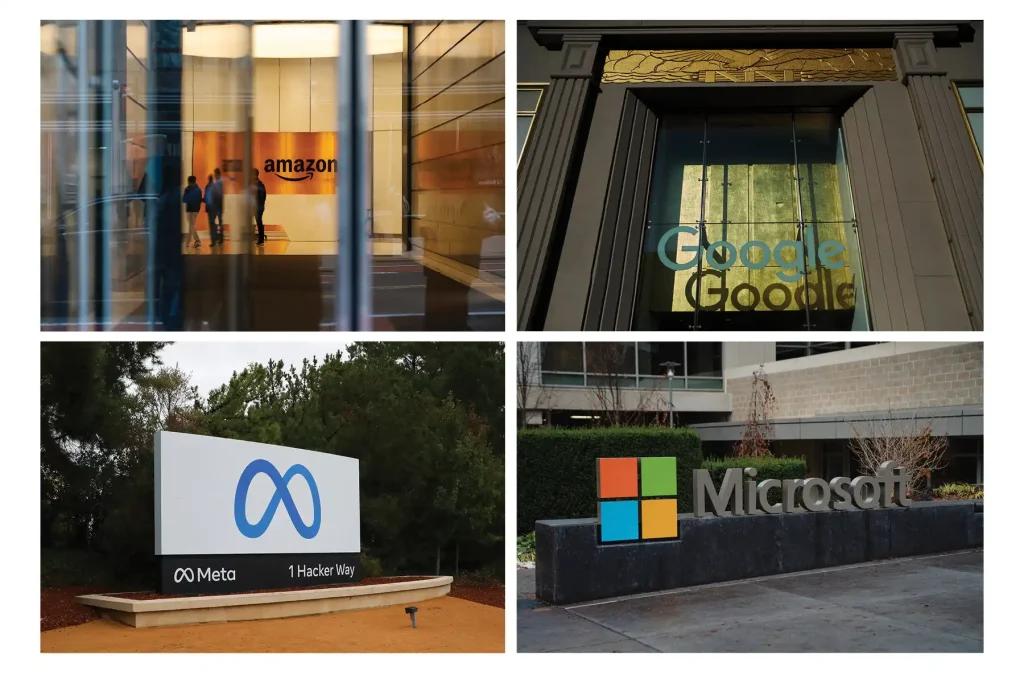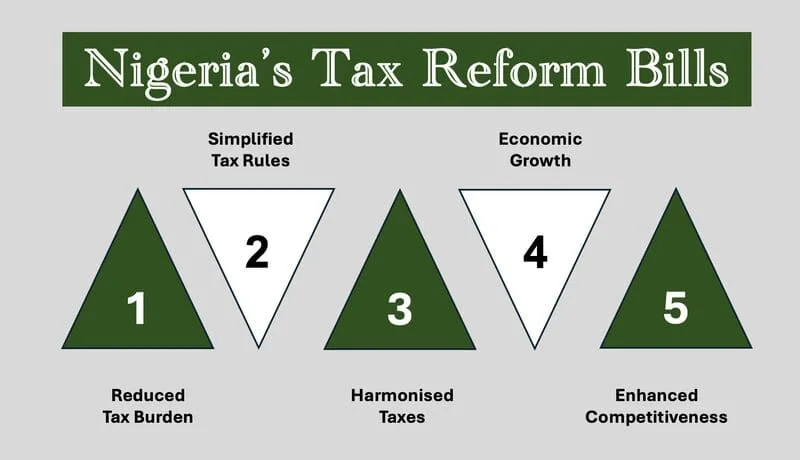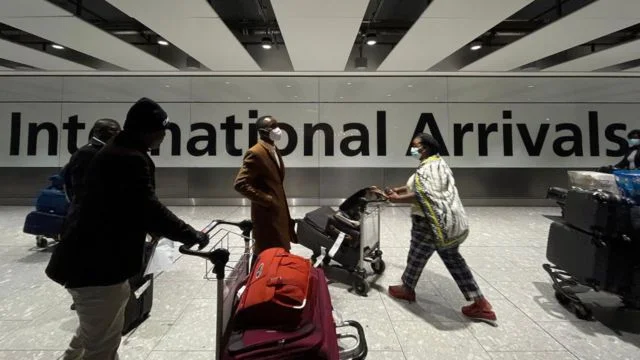Businesses across continents are tightening belts, eliminating tens of thousands of positions as consumer demand weakens and artificial intelligence reshapes operations. From tech behemoths to consumer goods leaders, companies are slashing headcounts to protect margins in an uncertain economy.
In the United States, firms disclosed over 25,000 planned reductions this month alone. Europe follows closely with more than 20,000, led by a single food conglomerate’s 16,000-role overhaul announced last week.
These figures exclude earlier commitments, such as a logistics giant’s 48,000-position trim set for early 2025.
With official labor statistics stalled during a prolonged U.S. government shutdown, investors rely on company announcements to gauge economic health. While seasonal trims occur annually, the scale and speed of current moves signal deeper concerns.
“Large-scale cuts don’t happen in a booming economy,” noted Adam Sarhan, head of a New York investment firm. “They’re a red flag for slowing growth.”
AI Drives Cuts in White-Collar Roles
A major online retailer revealed plans to eliminate up to 14,000 corporate jobs, targeting administrative and managerial layers. A big-box chain reduced 8% of its headquarters staff, while a children’s clothing brand axed 15% of office positions amid rising import costs.
Unlike past downturns focused on factory floors, today’s reductions zero in on desk jobs roles now vulnerable to AI tools. Executives face mounting pressure to deliver returns on billions invested in automation.
A recent executive survey shows AI budgets rising 14% year-over-year, averaging $130 million per firm. Nearly eight in ten leaders report boardroom demands to prove cost savings and profit gains from tech deployments.
“Entry-level analytical tasks are first to go,” economists observe. Yet information, finance, and professional services heavy in white-collar workers continue adding jobs despite growing AI adoption.
Economy in a Holding Pattern
Private payroll data shows modest hiring just 14,250 new roles in early October with no sharp spike in unemployment claims. Still, the job market feels frozen: companies avoid filling vacancies, achieving silent downsizing.
“It’s a ‘wait-and-see’ moment,” said Allison Shrivastava, labor economist. “Firms are holding steady, unsure of what’s next.”
Broader Risks Loom
Should cuts accelerate, consumer spending already strained by tariffs and elevated prices could shrink further. Central bankers monitoring employment worry this low-activity phase might tip into widespread layoffs, dragging the economy down.
For now, businesses pause and pivot, betting on AI efficiency to weather the storm. But workers in corporate suites not just warehouses now face the new reality of automation.
READ MORE:Darfur’s Hidden Crisis: Overcrowded Camps, Disease, and Trauma























